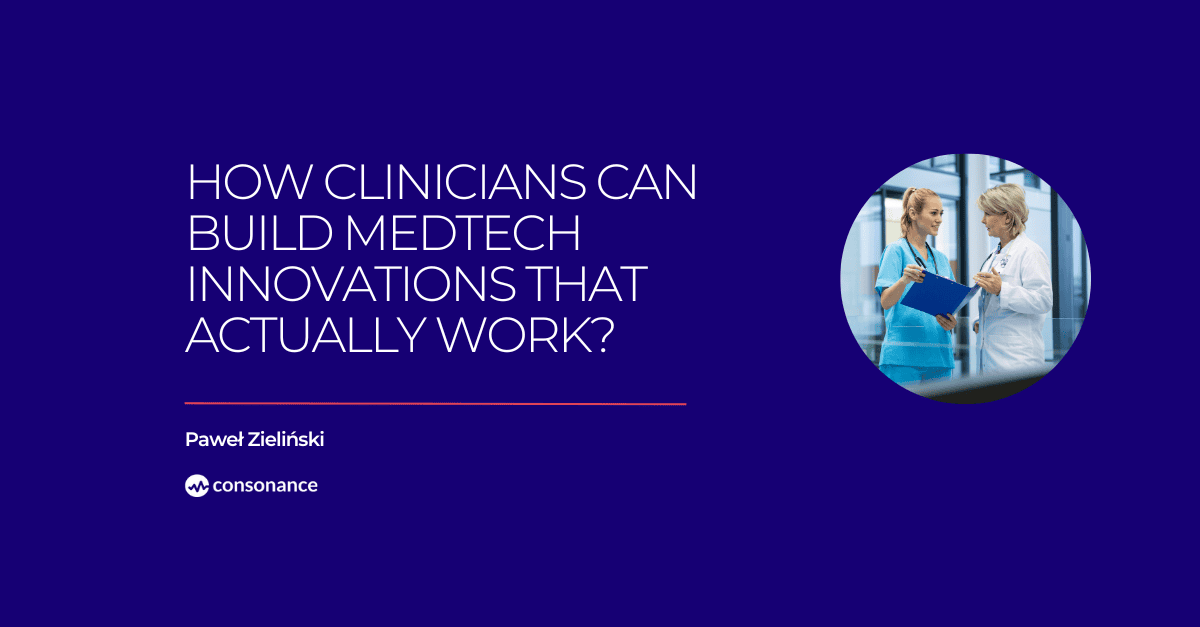Blog
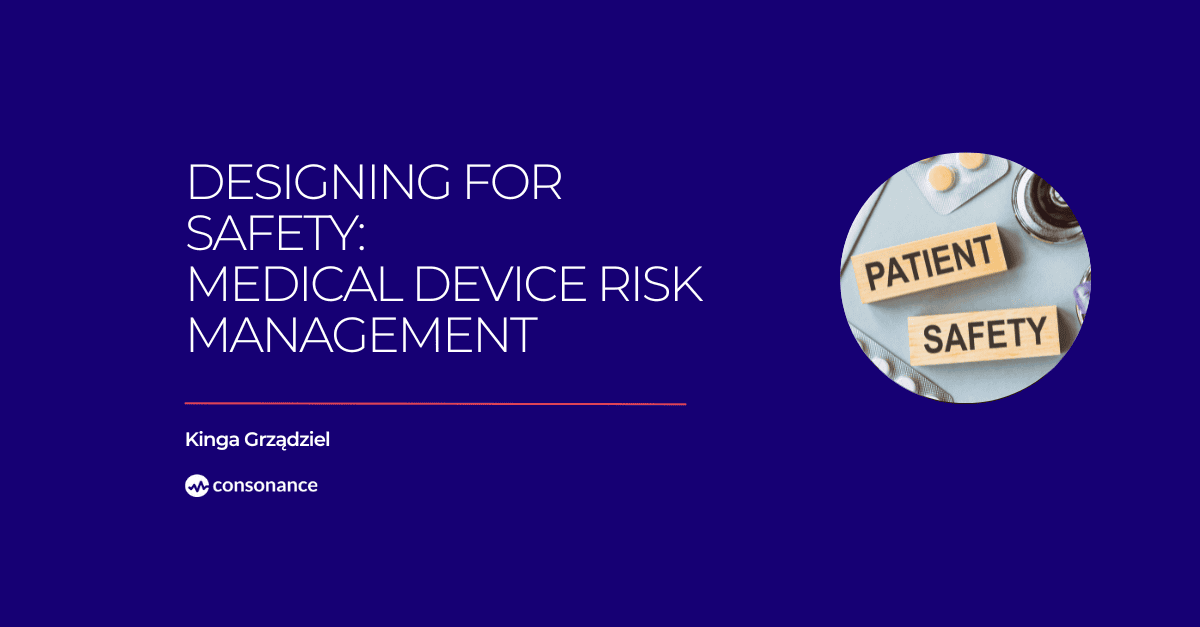 The primary goal of any innovator in the field of medical technology is to develop a device that fills a market gap and addresses an unmet clinical need. While design, prototyping, manufacturing, and innovation form the foundation of medical device development, one must not lose sight of the most critical factor, user safety.
The primary goal of any innovator in the field of medical technology is to develop a device that fills a market gap and addresses an unmet clinical need. While design, prototyping, manufacturing, and innovation form the foundation of medical device development, one must not lose sight of the most critical factor, user safety.
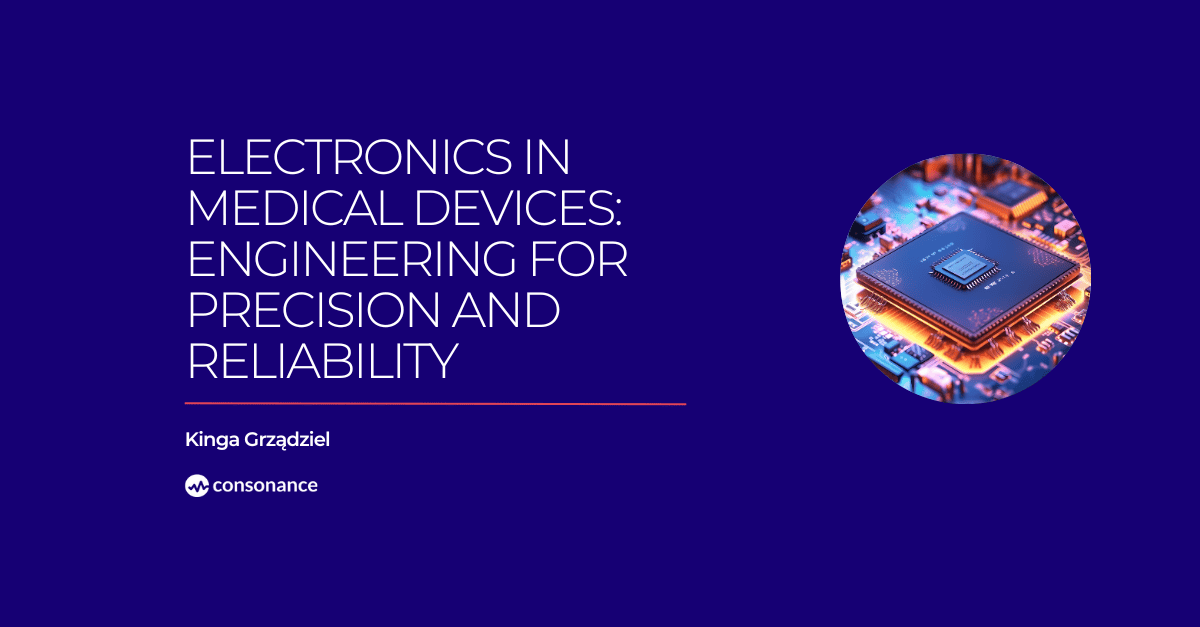 Electronics in medical devices allows us to check our blood pressure with automatic monitors at home, measure our temperature with electronic thermometers, or rely on hearing aids. In hospitals and clinics, doctors use electrocardiographs, MRIs, defibrillators, and ventilators to keep patients safe and healthy. Pretty important job to do, isn’t it?
Electronics in medical devices allows us to check our blood pressure with automatic monitors at home, measure our temperature with electronic thermometers, or rely on hearing aids. In hospitals and clinics, doctors use electrocardiographs, MRIs, defibrillators, and ventilators to keep patients safe and healthy. Pretty important job to do, isn’t it?
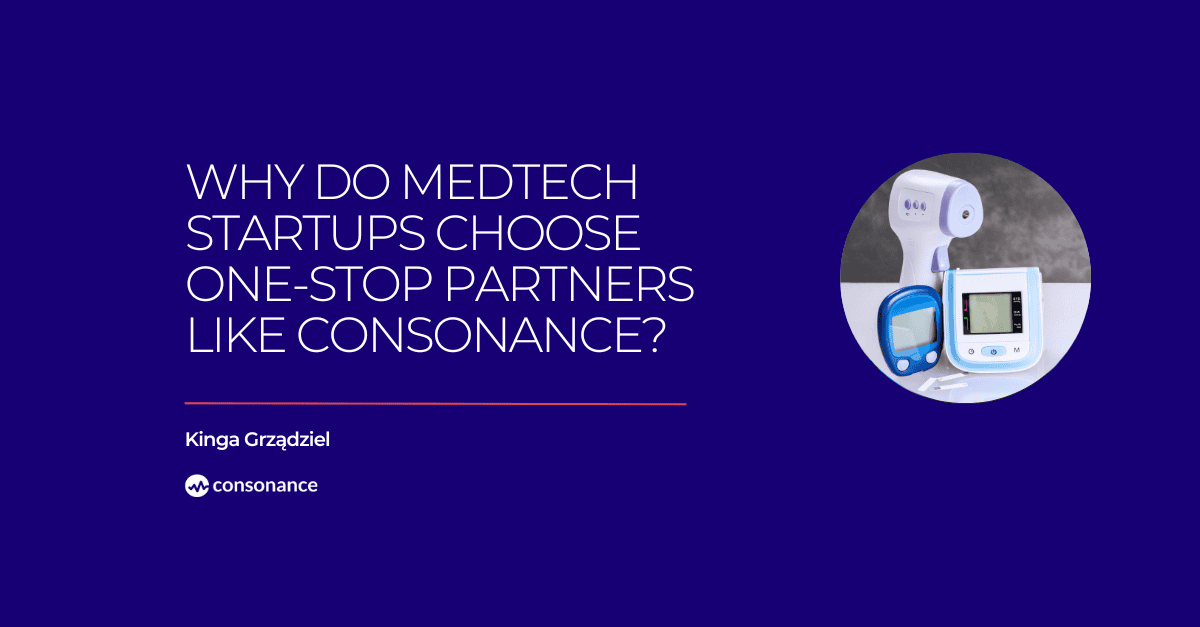 Bringing a new medical device to market is a complex and, at first glance, overwhelming process. MedTech startups often emerge from creative chaos, which, after countless hours of intensive work, evolves into a finished, functional product. It all begins with an idea sparked by a doctor, business partners, or even a group of scientists.
Bringing a new medical device to market is a complex and, at first glance, overwhelming process. MedTech startups often emerge from creative chaos, which, after countless hours of intensive work, evolves into a finished, functional product. It all begins with an idea sparked by a doctor, business partners, or even a group of scientists.
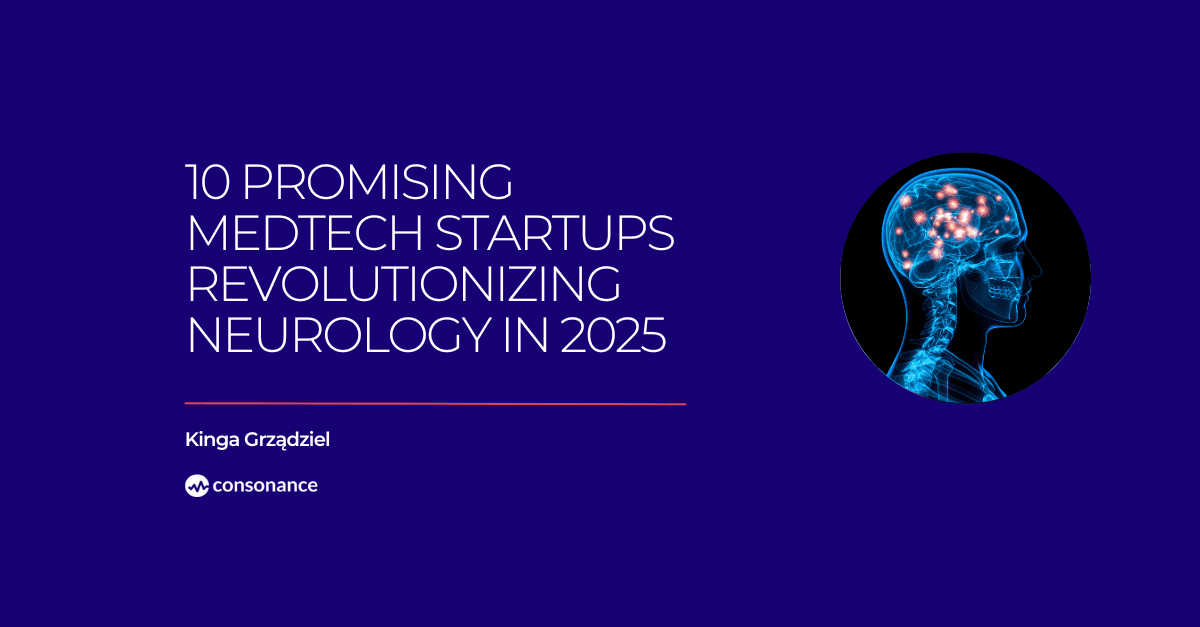 Today, more than 3 billion people worldwide are affected by neurological conditions, making them one of the leading causes of disease and disability globally. As the population continues to age, the number of individuals suffering from central nervous system disorders is expected to rise, driving increased demand for innovative medical technologies.
Today, more than 3 billion people worldwide are affected by neurological conditions, making them one of the leading causes of disease and disability globally. As the population continues to age, the number of individuals suffering from central nervous system disorders is expected to rise, driving increased demand for innovative medical technologies.
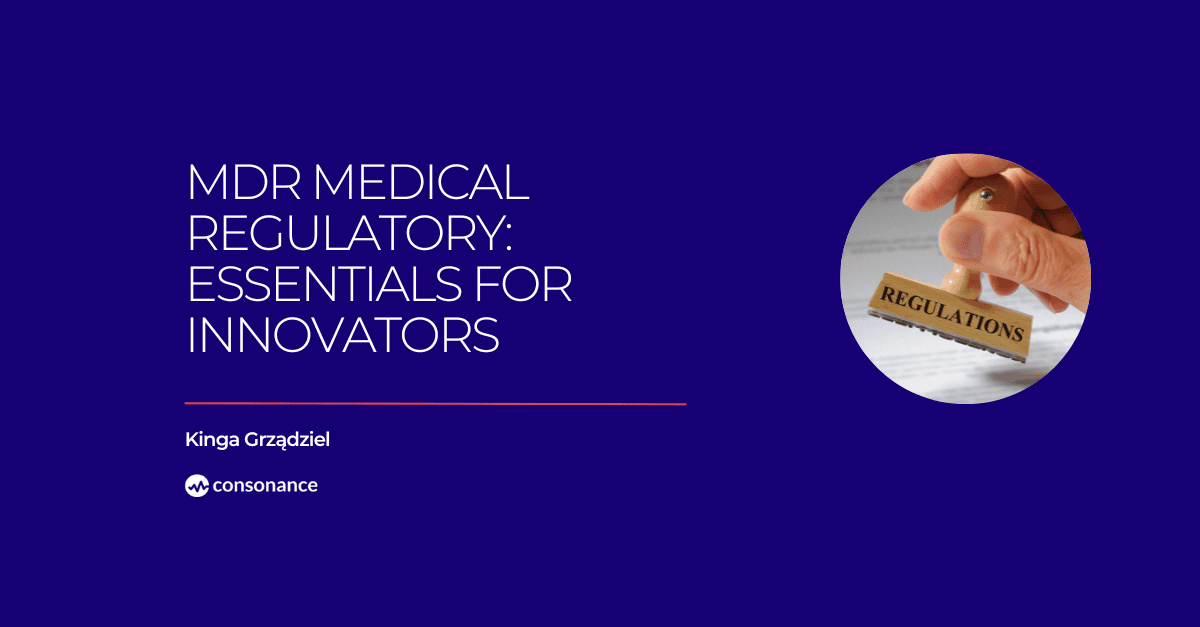 The MedTech industry is evolving rapidly, but no innovation can reach the market without meeting the necessary medical regulatory requirements. Understanding these rules is not just a legal obligation, it’s the foundation of patient safety and product credibility. In today’s article, I will focus on the medical regulatory essentials under the MDR in the European Union.
The MedTech industry is evolving rapidly, but no innovation can reach the market without meeting the necessary medical regulatory requirements. Understanding these rules is not just a legal obligation, it’s the foundation of patient safety and product credibility. In today’s article, I will focus on the medical regulatory essentials under the MDR in the European Union.
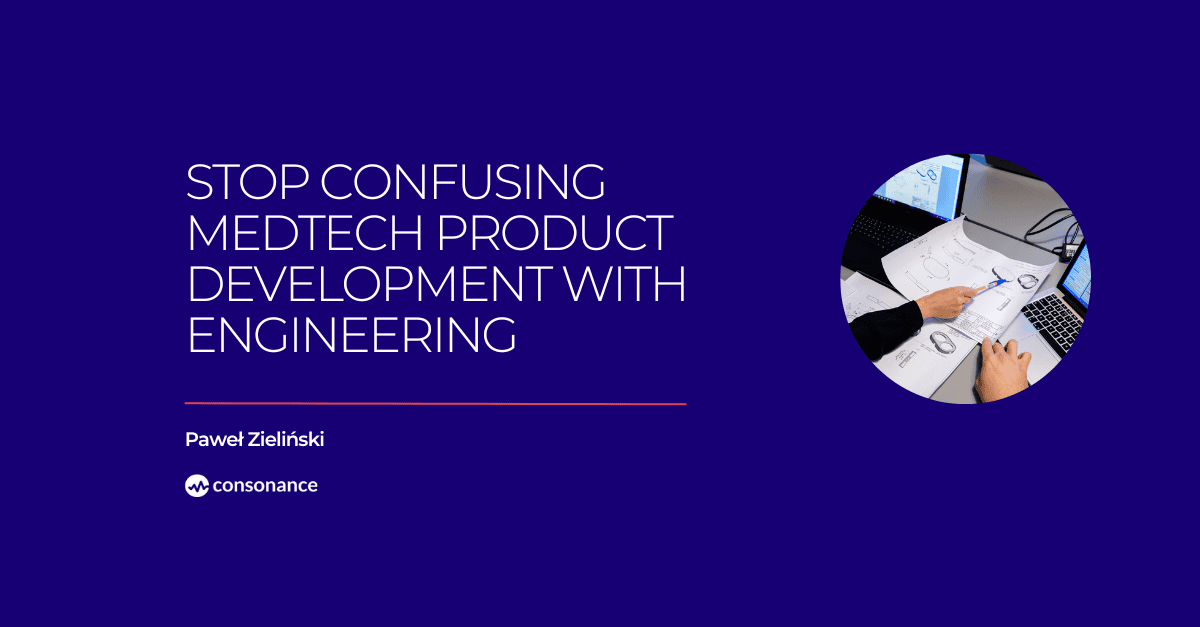 MedTech startups commonly say: “We’re developing the product”! – when the team is actually knee-deep in coding, CAD design, or PCB layout. While engineering is a crucial component, MedTech product development is a much broader, more strategic process. Mistaking one for the other isn’t just a semantic slip – it’s a costly error that can derail even the most promising innovations.
MedTech startups commonly say: “We’re developing the product”! – when the team is actually knee-deep in coding, CAD design, or PCB layout. While engineering is a crucial component, MedTech product development is a much broader, more strategic process. Mistaking one for the other isn’t just a semantic slip – it’s a costly error that can derail even the most promising innovations.
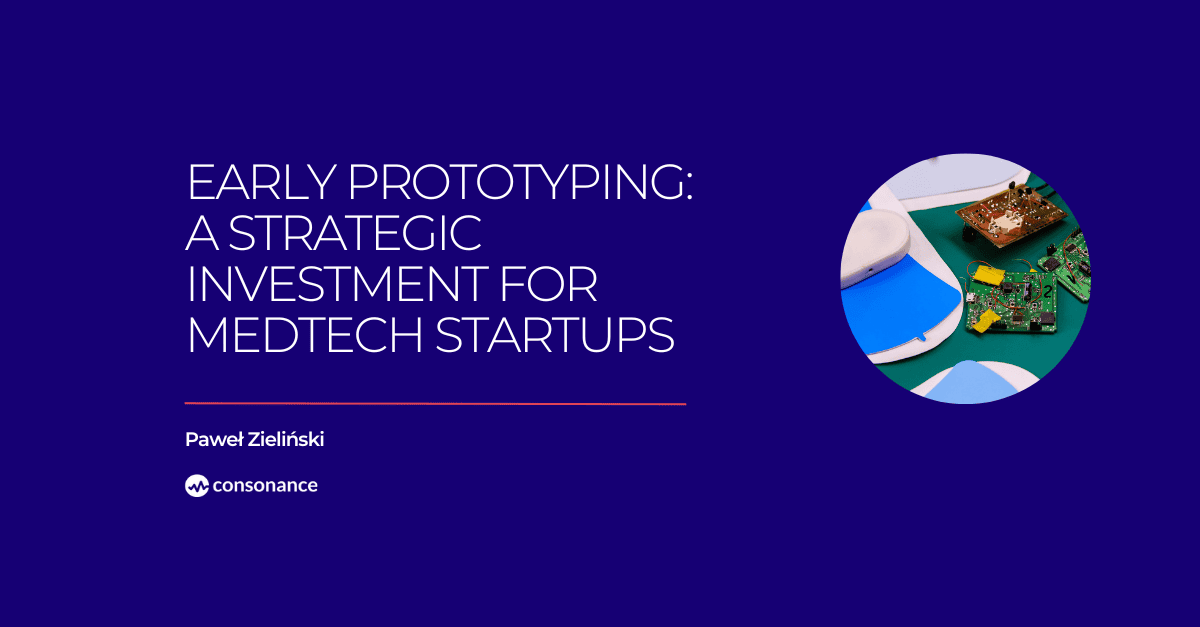 Prototyping of medical devices is the inherent piece of the development process. There’s no shortcuts. This means new medical devices can cost thousands or millions of Euros / Dollars to develop, largely due to repeated design iterations and heavy regulatory testing. Another factor is the device’s class. The higher class you aim for, the more sophisticated product you want to achieve.
Prototyping of medical devices is the inherent piece of the development process. There’s no shortcuts. This means new medical devices can cost thousands or millions of Euros / Dollars to develop, largely due to repeated design iterations and heavy regulatory testing. Another factor is the device’s class. The higher class you aim for, the more sophisticated product you want to achieve.
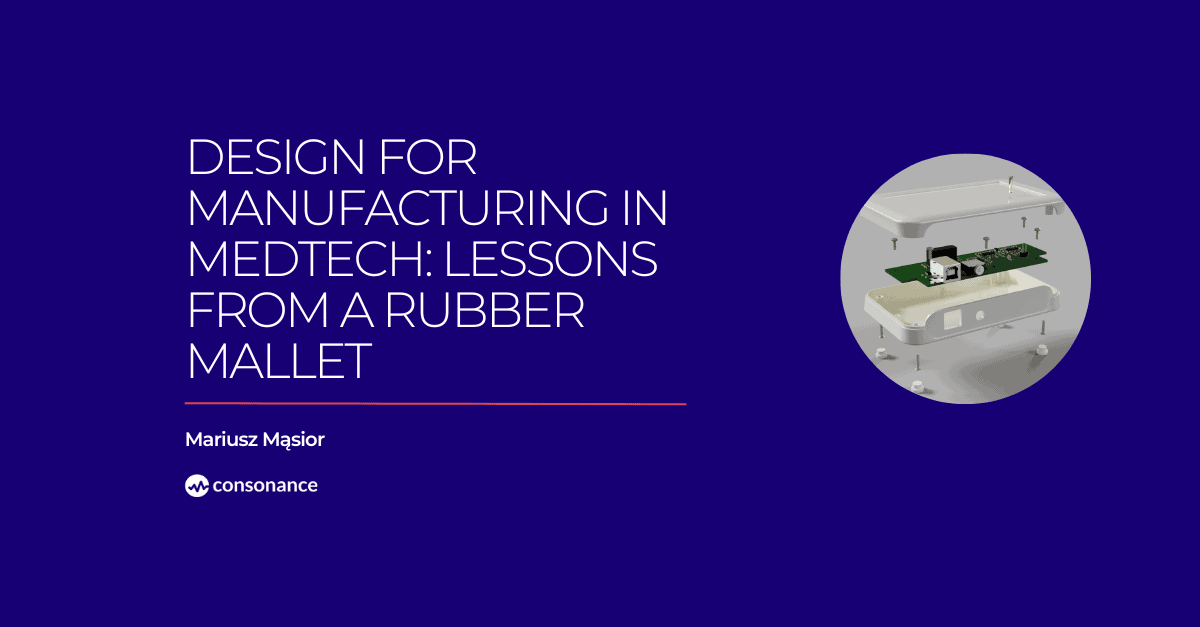 Design for Manufacturing is beautifully summarized by an anecdote. Some time ago a group of American automotive execs visited a Japanese car assembly plant. As they observed the line, they noticed that, like in the U.S., doors were installed at the end of the process. However, one thing was missing. In the U.S., a worker would tap the edges of each door with a rubber mallet to ensure a perfect fit. In Japan, there was no such step. Surprised, the Americans asked when and how the Japanese workers made sure the doors aligned perfectly. Their guide smiled and replied, “We make sure they fit during the design phase.”
Design for Manufacturing is beautifully summarized by an anecdote. Some time ago a group of American automotive execs visited a Japanese car assembly plant. As they observed the line, they noticed that, like in the U.S., doors were installed at the end of the process. However, one thing was missing. In the U.S., a worker would tap the edges of each door with a rubber mallet to ensure a perfect fit. In Japan, there was no such step. Surprised, the Americans asked when and how the Japanese workers made sure the doors aligned perfectly. Their guide smiled and replied, “We make sure they fit during the design phase.”
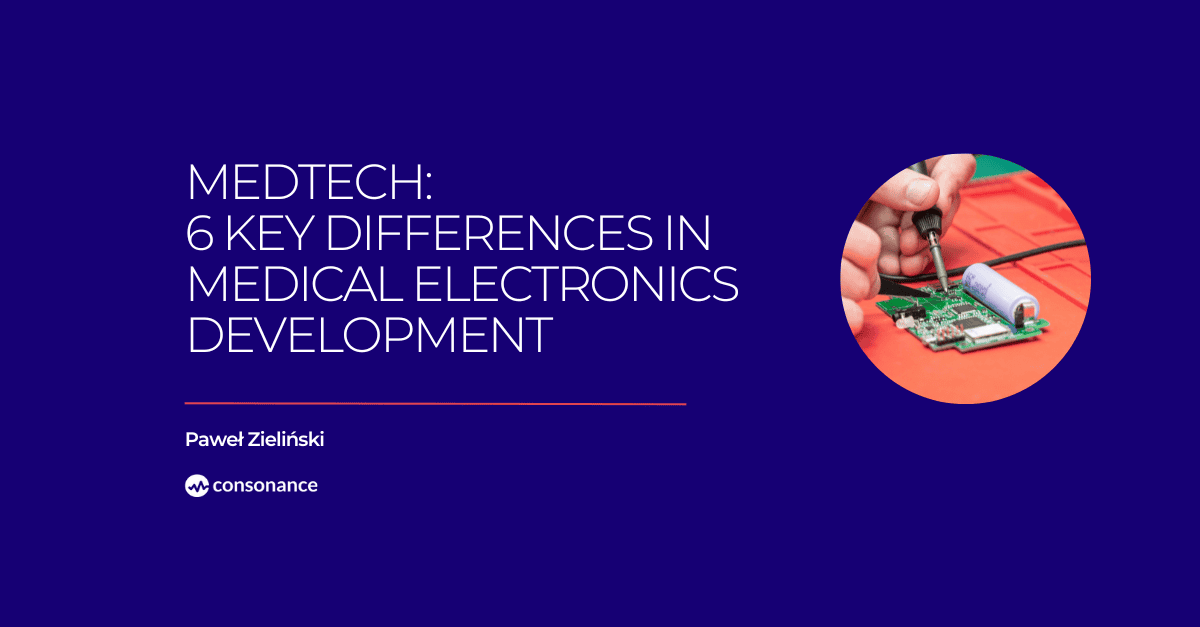 Electronics are everywhere – from the smartphone in your pocket to the electric vehicle on the road. However, when it comes to developing electronics for medical devices, the stakes are much higher. The smallest flaw could mean the difference between life and death, and regulatory hurdles are far more complex than in consumer electronics or industrial applications. But what exactly makes medical electronics development so different? Let’s explore the key factors that set it apart.
Electronics are everywhere – from the smartphone in your pocket to the electric vehicle on the road. However, when it comes to developing electronics for medical devices, the stakes are much higher. The smallest flaw could mean the difference between life and death, and regulatory hurdles are far more complex than in consumer electronics or industrial applications. But what exactly makes medical electronics development so different? Let’s explore the key factors that set it apart.

